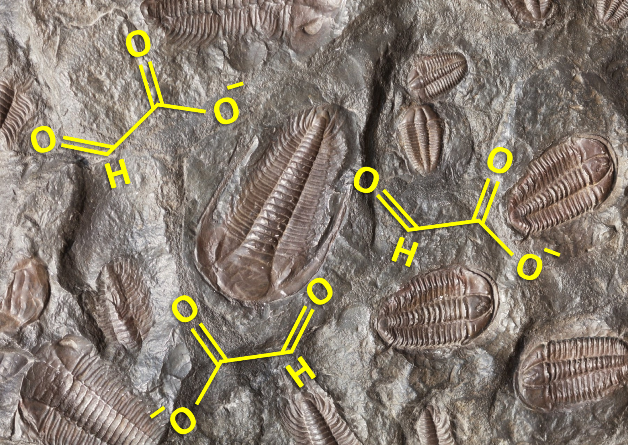New hypothesis on how the first sugars originated
For a long time science has been trying to discover the origin of life, and to do so it must be able to explain how some of the basic molecules and chemical compounds that are essential for life arose; we know that water is one of those essential molecules, but living beings are also composed of organic matter, which is basically made up of carbon, oxygen, hydrogen and nitrogen atoms; and there are three kinds of molecules that could explain the origin of organic matter: amino acids, which combine to form proteins, nucleobases, which form the structure of DNA, and sugars, which are the most abundant organic compounds in nature.
While it is believed that amino acids (organic molecules that have an amino group and a carboxyl group) may have arisen from ammonia, and that nucleobases (cyclic organic compounds that have one or two nitrogen atoms) arose from hydrogen cyanide, it is still unclear how the first sugars arose. But a couple of chemists have a new hypothesis recently published in the journal Chem, let's see what it is all about.

New hypothesis suggests that the first sugars arose from glyoxylate. Source: edited image, original taken from pxhere.com.
Glyoxylate as a potential source of sugars
One of the first theories considers that sugars come from formaldehyde, through a reaction called "formose", although this theory has several drawbacks; mainly that the reaction is very disordered and directing it towards the selective formation of sugars is very difficult, in addition to the fact that the reaction proceeds in an aqueous medium, which contrasts with the finding of sugars in meteorites.
As an alternative to the formose reaction, chemists Ramanarayanan Krishnamurthy (Scripps Research Department of Chemistry) and Charles Liotta (Georgia Institute of Technology) demonstrated that glyoxylate, a small α-keto acid, is a versatile reagent under plausible prebiotic conditions, allowing the synthesis of hydroxy acids associated with metabolic pathways, α-amino acids and their precursors.

Glyoxylate molecule. Source: image elaborated in Powerpoint.
The alternative synthesis route proposed by this pair of chemists is a "glyoxylose reaction" in which glyoxylate is the main carbon source and where it first reacts with itself to form a molecule known as glycolaldehyde, a close relative of formaldehyde; then, the researchers propose that a series of repeating aldol condensation reactions with glyoxylate, carbonyl migrations and decarboxylations follow from which simple sugars are finally produced.

Proposed reaction scheme. Source: image prepared in PowerPoint.
Although the chances of this reaction leading to the formation of sugars depends on several factors, such as the rate, efficiency and pH of the medium; this hypothesis poses a different synthesis pathway than the Formosa reaction, in which linear sugars and sugar acids are produced without the drawbacks presented by the hypothesis that the sugars come from reactions from formaldehyde.
The researchers are currently working to demonstrate the chemistry of their hypothesis and the conditions under which the glyoxylose reaction could have formed the first sugars. If they succeed in doing so, this theory would expand the role of the glyoxylate molecule in prebiotic chemistry and would undoubtedly spur even more research to try to discover its provenance.
Demonstrating the glyoxylose reaction would not only increase the importance of glyoxylate as a precursor of biomolecules, the researchers also propose some applications for this reaction, since carbon dioxide is consumed in the reaction, it could be used to reduce carbon dioxide levels in the atmosphere to address global warming.
Well friends, we can only wait for the demonstration of this hypothesis. I hope you liked the information, see you next time!
Refrerences
Ramanarayanan Krishnamurthy, Charles L. Liotta (2023). The potential of glyoxylate as a prebiotic source molecule and a reactant in protometabolic pathways—The glyoxylose reaction. Chem, Volume 9, Issue 4, Pages 784-797.
Maren Haas, Saskia Lamour, Sarah Babette Christ & Oliver Trapp; (2020). Mineral-mediated carbohydrate synthesis by mechanical forces in a primordial geochemical setting. Communications Chemistry 3, Article number: 140.
Thanks for your contribution to the STEMsocial community. Feel free to join us on discord to get to know the rest of us!
Please consider delegating to the @stemsocial account (85% of the curation rewards are returned).
You may also include @stemsocial as a beneficiary of the rewards of this post to get a stronger support.